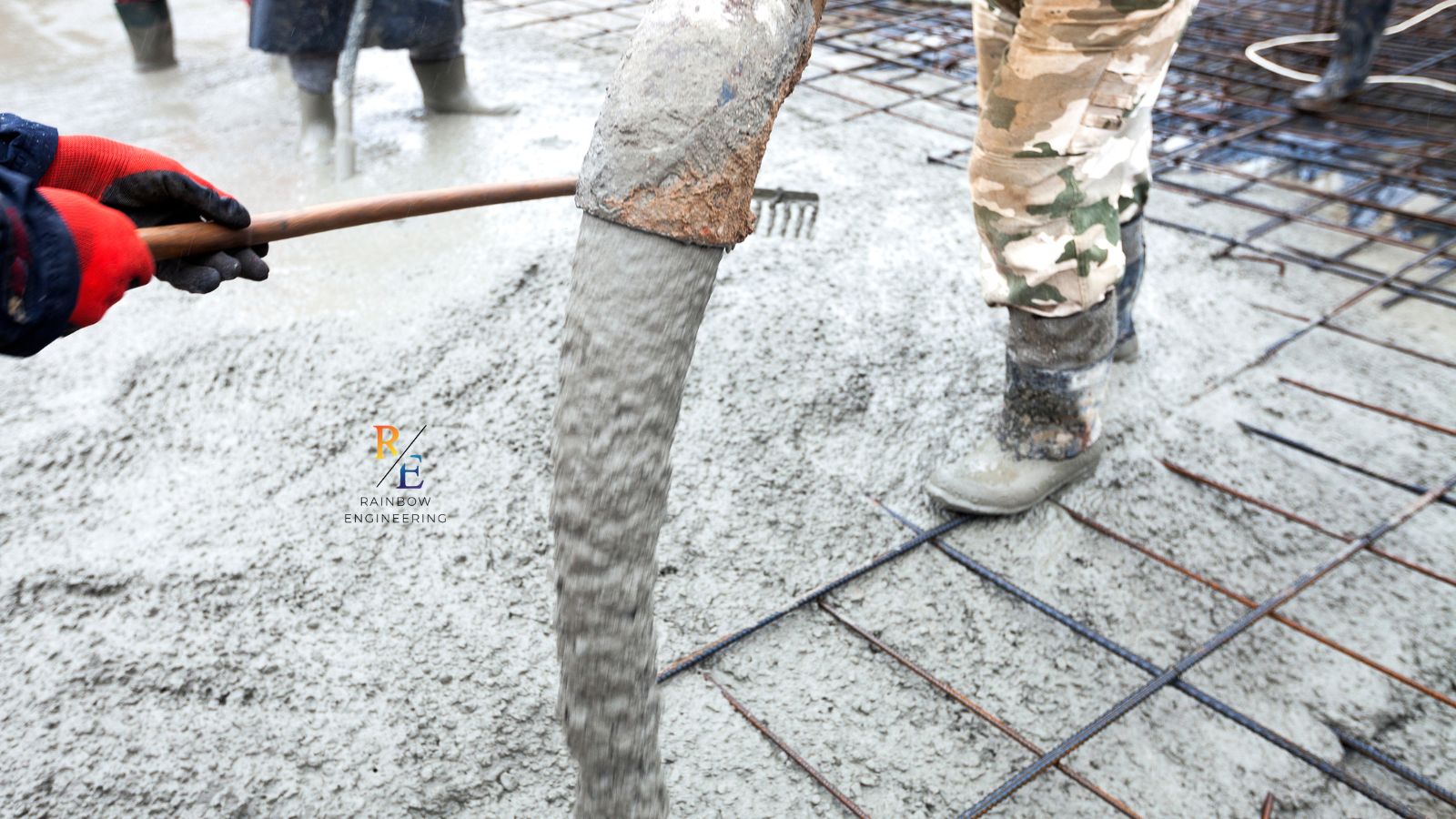In Queensland, whether you need council approval for a concrete slab depends mainly on what the slab is for and its size. If it’s being poured for a small, non-habitable structure—like a garden shed base under 10 m² and no taller than 2.4 m—it often falls under accepted development. In these cases, the work can usually go ahead without a formal building approval, provided it meets all setback, height, and structural requirements set out in your local council’s planning rules.
However, once the slab is intended to support a larger, more permanent, or habitable structure, building approval becomes a must. This includes garages, patios, sheds over the size or height limits, and any slab that will form part of a habitable space. In these situations, you’ll need a building certifier—either private or through the council—to review the plans and ensure they meet the Building Code of Australia and other applicable regulations before work begins.
Because local rules can vary, it’s always best to check with your council or a licensed building certifier before starting. This avoids costly mistakes, ensures your project complies with all requirements, and protects you from potential fines or having to redo non-compliant work.
Taking a few minutes to confirm approval requirements up front can save you a lot of time, money, and stress down the track.
When a Concrete Slab Is Considered Accepted Development
A concrete slab is considered accepted development when it’s part of a minor, non-habitable structure that meets specific criteria under Queensland building laws.
Typically, this applies to small Class 10 structures—like garden sheds, pergolas, or similar—that are no larger than 10 m² and no taller than 2.4 m.
The slab must also meet setback rules, be positioned within property boundaries, and comply with basic structural standards. In these cases, you can proceed without formal building approval, provided every condition is met.
Size and Height Limits That Trigger Council Approval
If the slab supports a structure larger than 10 m² in floor area or taller than 2.4 m, it generally moves from accepted development into assessable development territory—meaning approval is required. This applies whether the slab is for a garage, large shed, patio, or any structure that will be lived in. These thresholds are in place to ensure larger builds meet safety, structural, and zoning requirements, so exceeding them without approval can lead to non-compliance issues.
Role of a Building Certifier in Slab Approvals
A building certifier is responsible for checking your slab and the structure it supports against the Building Code of Australia and local planning rules.
They review plans, inspect the site, and issue the necessary approvals before work starts.
For larger or permanent structures, involving a certifier early helps avoid delays, ensures your project complies with all relevant regulations, and provides you with documented proof of compliance for future property sales or inspections.
Penalties for Building a Slab Without Approval in QLD
Starting slab work without required approval can lead to serious consequences, including fines, stop-work orders, or being forced to demolish and rebuild the slab to meet compliance.
Non-approved work can also cause problems when selling your property, as buyers and solicitors often request evidence of building approvals. Getting the proper sign-off before construction isn’t just a legal formality—it’s a safeguard for your investment.
Get Expert Slab Approval Advice with Rainbow Engineering
At Rainbow Engineering, we take the guesswork out of slab compliance.
Whether you’re building a small shed base or a large structural foundation, we assess your plans, guide you through approval requirements, and handle inspections to keep your project on track. With our expertise, you’ll avoid costly mistakes and get it right the first time.
Call us today to make sure your concrete slab meets every requirement from day one.

